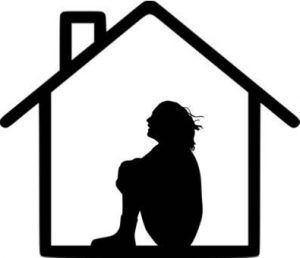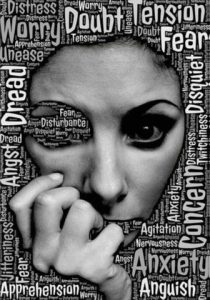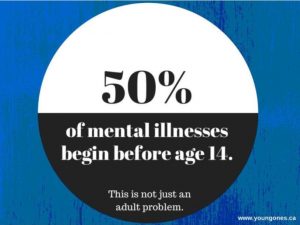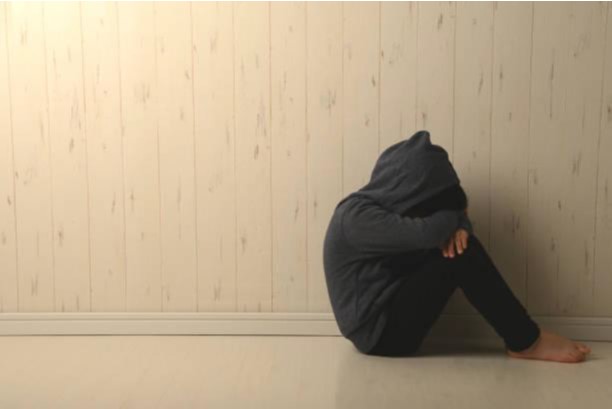Youth Mental Health: An Immediate Public Health Concern

According to CDC’s Youth Risk Behavior Surveillance Data Summary & Trends Report: 2009-2019.
More than 1 in 3 high school students had experienced persistent feelings of sadness or hopelessness in 2019, a 40 percent increase since 2009.
In 2019, approximately 1 in 6 youth reported making a suicide plan in the past year, a 44% increase since 2009.

Some groups are more affected than others.
These feelings were found to be more common among lesbian, gay, or bisexual students and female students.
Almost half of lesbian, gay, or bisexual students and nearly one-third of students not sure of their sexual identity reported they had seriously considered suicide—far more than heterosexual students.
The number of black students who reported attempting suicide in 2019 rose by almost 50%.

Poor mental health in adolescence is more than feeling blue. It can impact many areas of a teen’s life. Youth with poor mental health may struggle with school and grades, decision making, and their health.
Mental health problems in youth often go hand-in-hand with other health and behavioral risks like increased risk of drug use, experiencing violence, and higher risk sexual behaviors that can lead to HIV, STDs, and unintended pregnancy. Because many health behaviors and habits are established in adolescence that will carry over into adult years, it is very important to help youth develop good mental health.

While most youth are healthy, physically and emotionally, one in every four to five youth in the general population meet criteria for a lifetime mental disorder.
As with physical health, mental health is not merely the absence of disease or a mental health disorder. It includes emotional well-being, psychological well-being, social well-being and involves being able to navigate successfully the complexities of life; develop fulfilling relationships; adapt to change; utilize appropriate coping mechanisms to achieve well-being without discrimination; realize their potential; have their needs met; and develop skills that help them navigate the different environments they inhabit.
The presence or absence of various combinations of protective and risk factors contribute to the mental health of youth and efforts can be undertaken to promote positive mental health and prevent or minimize mental health problems. Life skill education can help youths to preserve, protect and promote their mental health and well-being.

Various researches that have been carried out following the implementation of the life skills training program in schools have shown that the impact of this training on different dimensions of mental health and compatibility shows that overall, life skills and social skills education has a positive impact on the following items:
- Positive social behaviors
- Increased problem solving ability – Self-awareness
- Reduced anger, anxiety, depression, shyness and delinquent behaviors
- Establish an internal containment position
- Social acceptability
- Confronting the crisis
- Social confrontation
- Increased daring
- Positive self-concept
- Suitable verbal and non-verbal skills
Author: Dr Ihedioha Emmanuel Chukwunwike is a physician, certified public health expert, community mental health expert and certified health education specialist.
References
- Basic life skill education accessed at https://www.unicef.org/azerbaijan/media/1541/file/basic%20life%20skills.pdf
- Adolescent mental health, WHO, access at https://www.who.int/news-room/fact-sheets/detail/adolescent-mental-health
- Data and Statistics on Children’s Mental Health, accessed at https://www.cdc.gov/childrensmentalhealth/data.html
- Mental Health of Children and Young People in England 2021 – wave 2 follow up to the 2017, https://digital.nhs.uk/data-and-information/publications/statistical/mental-health-of-children-and-young-people-in-england/2021-follow-up-to-the-2017-survey
